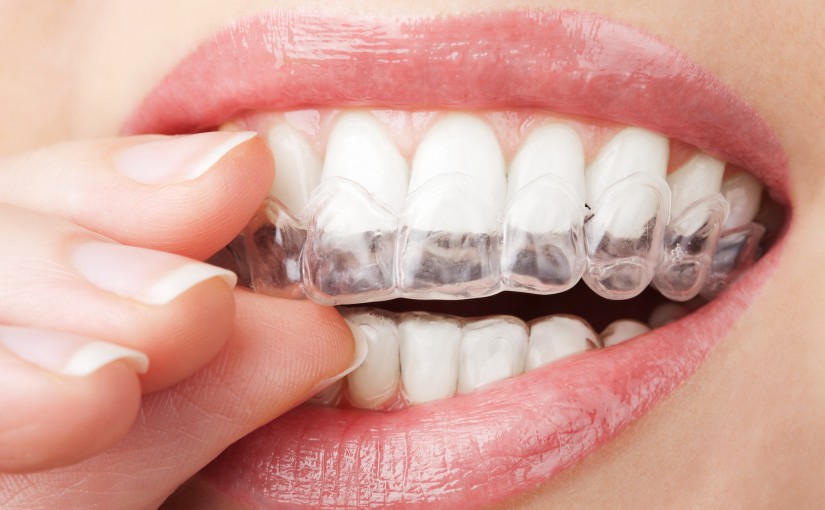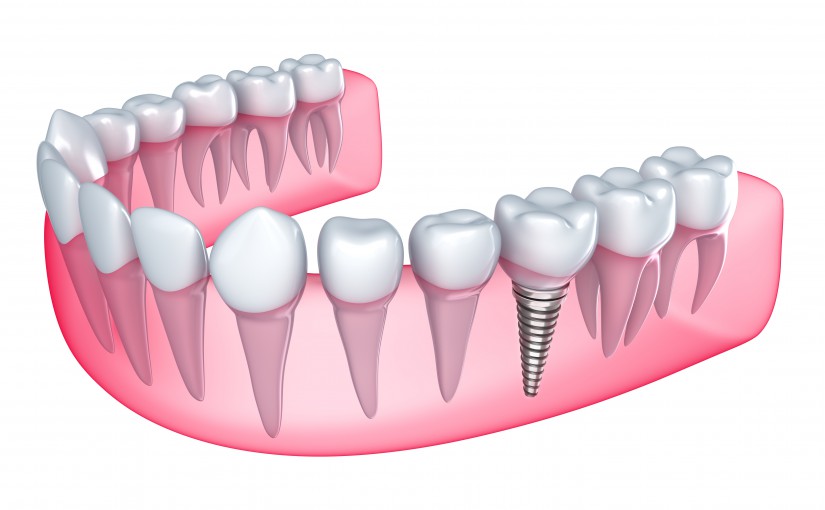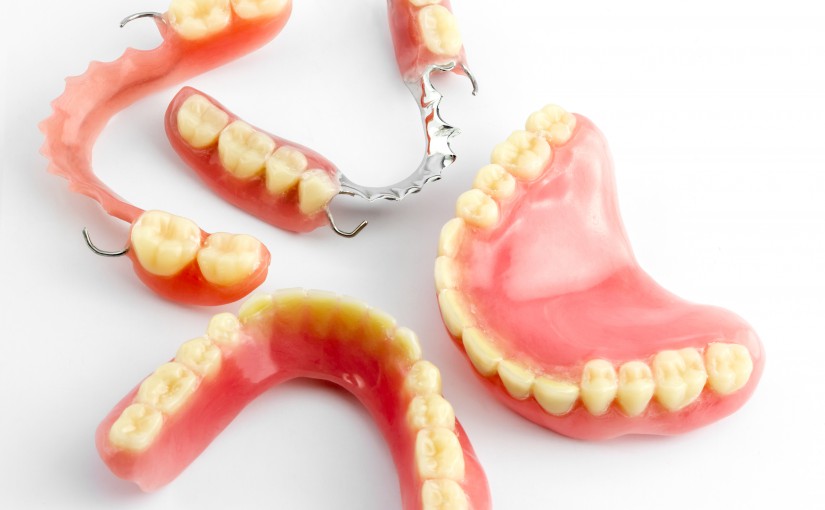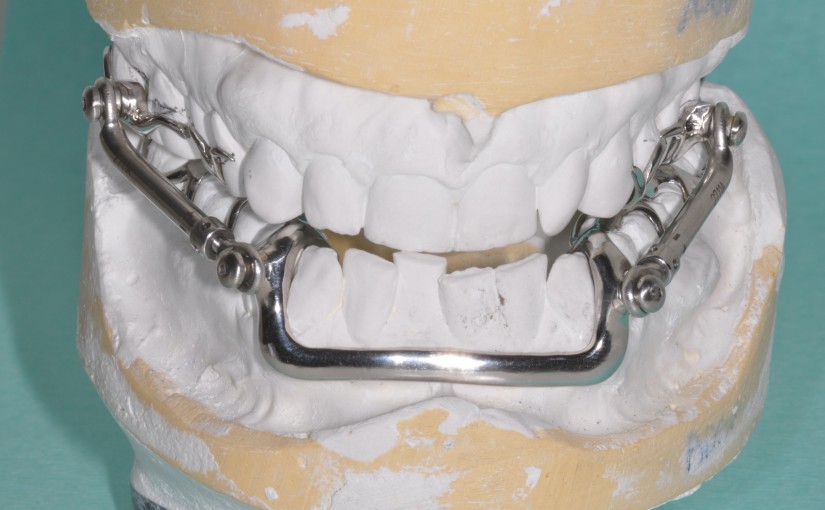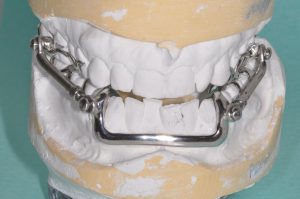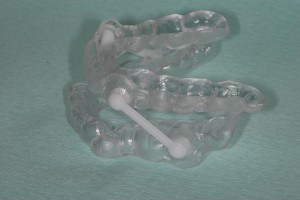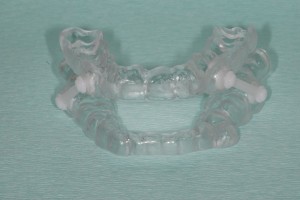Orthodontics, the science of moving teeth, has progressed a long way over the last few years, with patients increasingly asking for straight teeth without years of wearing metal fixed appliances featuring unsightly, sharp wires and brackets, which are difficult to clean.
There are a number of innovations, which have attempted to address these problems, including ceramic fixed appliances, lingual appliances and clear aligners, which I will consider in turn.
1. Ceramic fixed appliances
These are tooth-coloured fixed appliances where the brackets cemented to the teeth are either ceramic or composite resin. The wires are generally metal with white coatings. These are tooth-coloured but bulky, difficult to clean around, the white coating on the wires is prone to chipping and the elastics discolour every month.
2. Lingual appliances
These are metal fixed appliances placed on the inside of the teeth allowing the teeth to be aligned without the braces being visible from the outside. They work well but can irritate the tongue and can be difficult to clean.
3. Clear aligners
These are a series of nearly invisible, clear plastic shells, which fit over the teeth and gradually move the teeth in small increments. They are removed for eating and toothbrushing/flossing. There are a number of competing clear aligner systems, but the best known and most technologically advanced is Invisalign (www.invisalign.co.uk). Invisalign was first developed in the late 1990s, with a fifth generation shortly to be released. It features state-of-the-art software called Clincheck, which enables each stage of the treatment to be visualised including any tooth-coloured attachments, which are used to help control the teeth for certain movements, and any tooth re-contouring to be done. Invisalign has been used to successfully treat over 2 million cases worldwide and has recently appeared in the news with a number of celebrities such as Chris Evans (with regular mentions on his radio 2 breakfast show), Justin Bieber and Cheryl Cole wearing them. Which should I choose? All of the systems have their advantages, and are not suitable for all cases so it is worth seeking an orthodontic opinion. Factors to consider include suitability, appearance, comfort and cleansability. In some cases it may be necessary to combine several different types of braces to achieve the ideal result.


